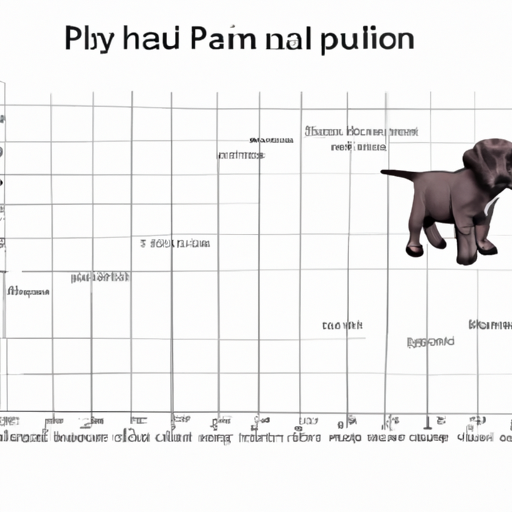When it comes to your large breed dog, a burning question you may have is: “When do large breed dogs stop growing?” Unraveling the mystery of your pet’s growth cycle can be a fascinating journey, filled with insights into their breed characteristics, health needs, and lifestyle adaptations.
Table of Contents
- Understanding Growth in Large Breed Dogs
- Factors Affecting Growth in Large Breed Dogs
- How to Determine When Your Dog Has Stopped Growing
- Special Considerations for Large Breed Dogs
- Frequently Asked Questions
Key Takeaways
- Large breed dogs typically stop growing between 18-24 months.
- Nutrition, genetics, and care affect a dog’s growth.
- Regular vet visits can help monitor your dog’s growth and health.
- Large breed dogs need special consideration due to their size and potential health risks.
Understanding Growth in Large Breed Dogs
The growth of large breed dogs like German Shepherds, Labradors, and Great Danes is a process that often takes 18-24 months to complete. It’s a fascinating period during which your pup will transform from a fluffy bundle of joy into a majestic and powerful adult. This comprehensive guide on dog growth will provide you with a wealth of information on the subject.
Unlike smaller breeds that reach their adult size within a year, large breeds undergo a prolonged growth phase. This phase is a critical time for your dog, as bones and joints need to grow and strengthen proportionately. In this regard, you might find this article on large dog breed health quite useful.
Factors Affecting Growth in Large Breed Dogs
Several factors affect when large breed dogs stop growing. These include:
- Genetics: Some breeds naturally grow larger and take longer to reach their full size.
- Nutrition: A balanced diet is crucial for a dog’s growth and development.
- Health: Illness or disease can potentially affect a dog’s growth.
Here’s a handy guide on the best food for large breed puppies that you might find useful.
How to Determine When Your Dog Has Stopped Growing
As a caregiver, it’s essential to keep an eye on your dog’s growth. Regular vet check-ups are a great way to monitor their progress. Watch for signs like a slowdown in weight gain or their size plateauing. A simple rule of thumb is when your pet’s paws seem to match their overall size, they’ve likely reached their full growth.
Special Considerations for Large Breed Dogs
Owing to their size, large breed dogs require special care. Their rapid growth can make them prone to joint issues and certain health conditions. This article on caring for large breed dogs offers valuable insights.
It’s essential to provide them with:
- Adequate exercise to keep them healthy and fit
- Balanced nutrition to support their growth and overall health
- Regular vet visits to ensure they are growing correctly
Frequently Asked Questions
Q1: Can I predict how large my dog will get?
While genetics play a role, it is not always possible to accurately predict a dog’s full grown size. However, a vet can provide a rough estimate based on your dog’s breed and the size of their parents.
Q2: Can I speed up my dog’s growth?
It’s not advisable to rush your dog’s growth. Overfeeding or supplementing with growth hormones can lead to health problems.
Q3: What if my dog is not growing as expected?
If you’re concerned about your dog’s growth, consult your vet. They can perform checks to ensure there are no underlying health issues.
In summary, understanding when large breed dogs stop growing can help caregivers provide the best care for their pets. Through proper nutrition, regular vet visits, and a loving environment, your pet can grow and thrive as they should.



